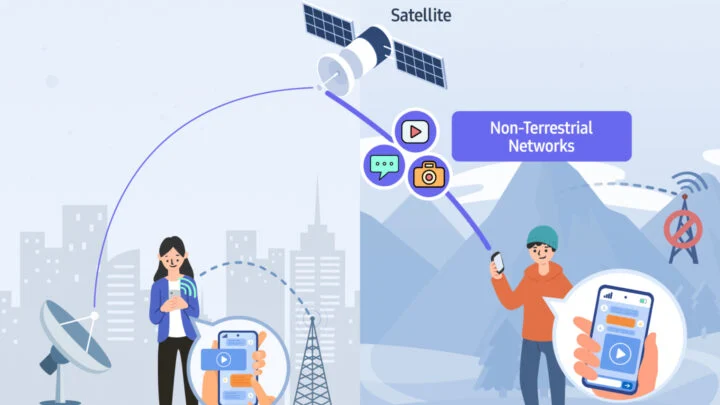The event, which includes Vertical Aerospace’s VX4 prototype, calls into question its progress towards widespread adoption by the industry. The accident occurred during a test aimed at recreating an engine failure scenario. At that time, the aircraft was remotely controlled, which allowed to limit the impact of a hard landing on the vehicle itself.
The VX4 prototype did not suffer much damage other than a broken wing and damaged chassis. Just a few weeks ago, the same prototype had successfully flown without safety cables, reaching speeds of up to 70 kilometers per hour.
Plans have changed a little
Vertical Aerospace explained in a note to investors that this test is an important step in preparing for manned test flights. Successful implementation of this engine failure scenario would have paved the way for crewed test flights, but the accident brought uncertainty to this program. Additionally, construction of the second prototype is incomplete, potentially affecting the certification program that was originally scheduled to be completed by the end of 2026.
While this is unfortunate, it’s not the first time prototype air cabins have been hit by a hitch during testing. A prototype developed by Joby Aviation in 2022 crashed in California during high-speed tests. This event occurred after a successful acceleration to 435 kilometers per hour, exceeding the declared maximum speed of the aircraft. As with the VX4, the Joby prototype was under remote control at the time of the crash.
transportation of the future
Air taxis, a new category of small electric or hybrid aircraft designed for short-haul travel with vertical take-off and landing capability, are set to revolutionize urban transport networks. As the urban population grows and traffic congestion becomes a growing problem, these air taxi services offer a promising solution, providing fast connections between city centers and suburbs.
Leading aerospace companies such as Volocopter, CityAirbus, Joby Aviation and Vertical Aerospace are racing to develop functional air taxi prototypes with the aim of starting commercial operations in the near future. However, these innovative technologies must undergo extensive testing and demonstrate safety and reliability before being approved for mass production and integration into the urban sky.
These tests highlight the critical importance of safety and reliability as the industry strives to make urban air mobility a reality. The search for innovative transportation solutions remains inextricably linked with the need for extensive testing to ensure the viability of these transformative technologies.













